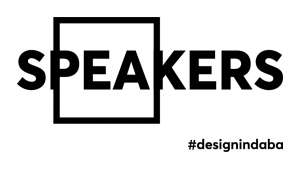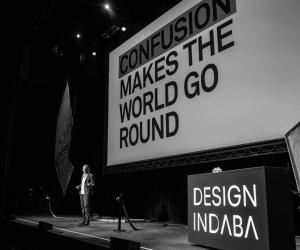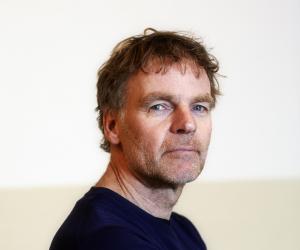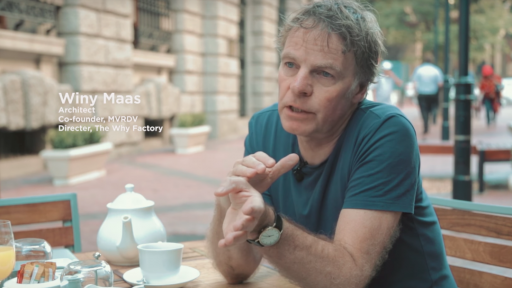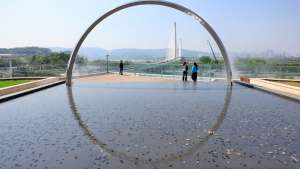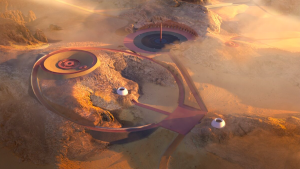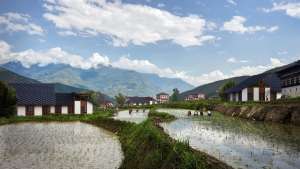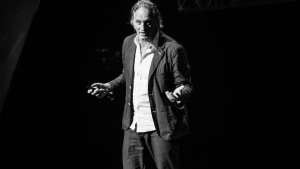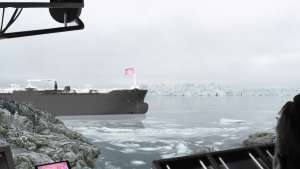From the Series
Part of the event
The Why Factory (T?F) is a global think-tank and research institute, run by MVRDV and Delft University of Technology and led by Dutch architect and professor Winy Maas. It explores possibilities for the development of cities by focussing on visualisations for possible cities of the future.
The explorations of The Why Factory are carried out in a research lab and platform that aims to analyse, theorise and construct future cities. The Why Factory investigates from within the current world and produces future scenarios beyond it; from universal to specific and from global to local. It proposes, constructs and envisions hypothetical societies and cities; from science to fiction and vice versa. The Why Factory thus acts as a future world scenario making machinery.
Amongst the work of The Why Factory is the Transformer project: research into how a new, soft, bendable building material could be used to construct the cities of the future. Imagine a material that could be shaped to your specific needs and requirements. How would that change the world we live in?
The Transformer project starts with a hypothesis, with a dream. Ambient technology has made the built environment responsive, sometimes intelligent. Humanity is already used to traffic streams, indoor-climate and security, which are steered by sensors and algorithms. What would happen, however, if these technologies were used to steer a flexible, transformable building material? If not only windows and light but also walls, floors and ceilings would react to users in real time?
This dream is not new. It has been around in comic-strip books and science fiction alike. One example is Barbapapa, a famous children's animation from the seventies, which features a family of amoeba-like creatures who can morph themselves into all kind of things, from musical instruments to houses. The Magic Carpet, featured in the video above, is from the project Transformer.
Another project titled Anarcity, looks into why we need governance, neighbours and collectivity. The research project maps the relationship between density and anarchy.

